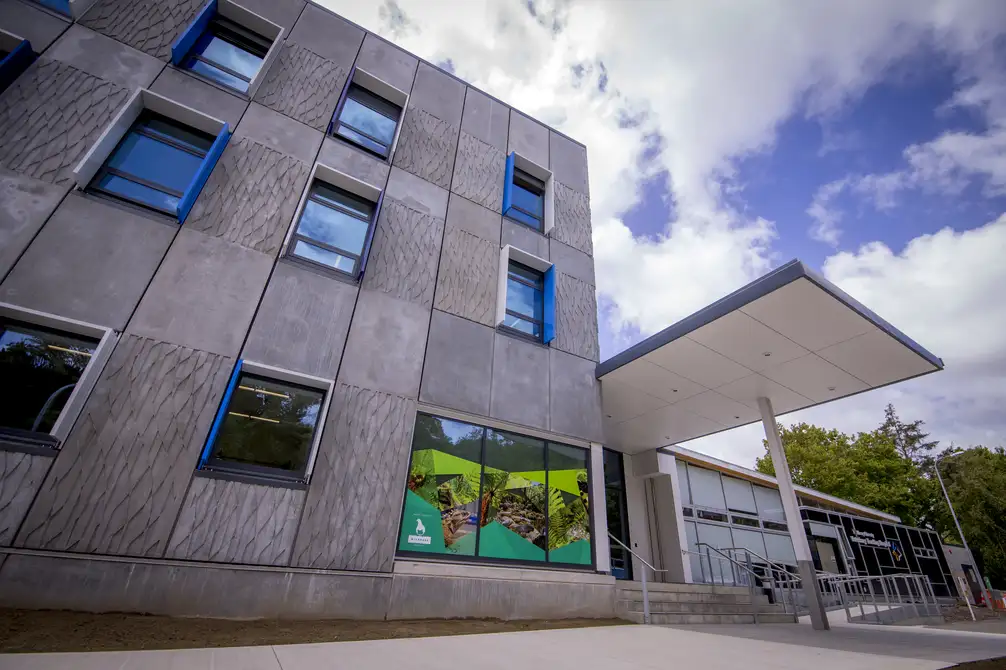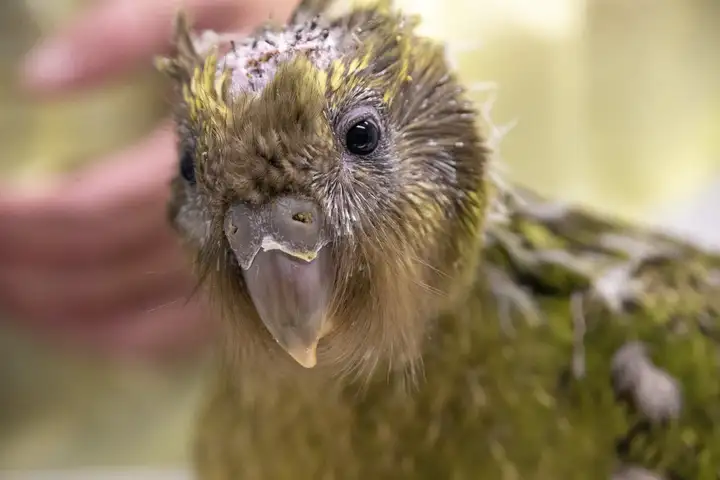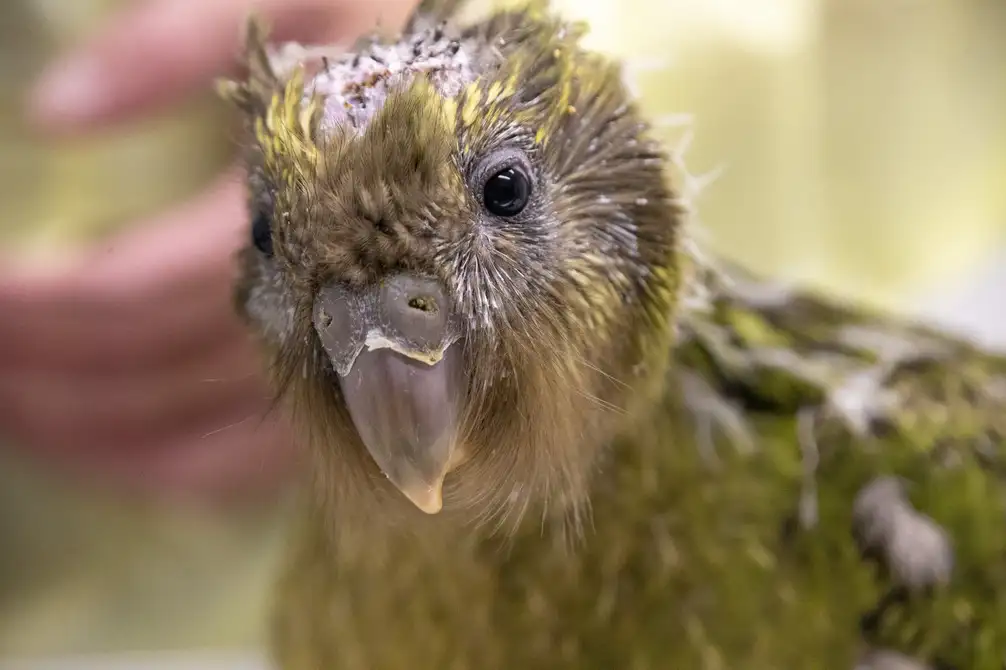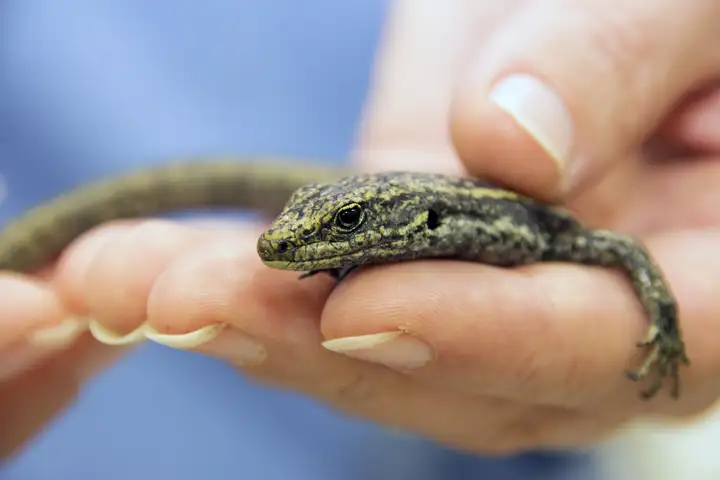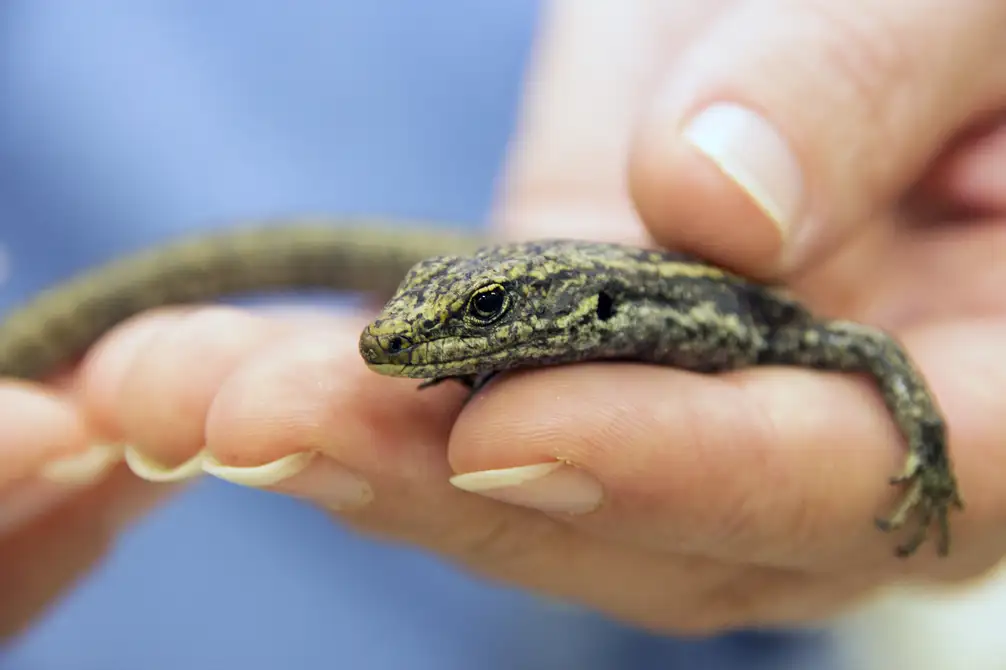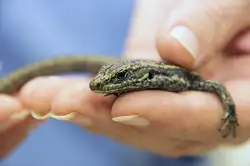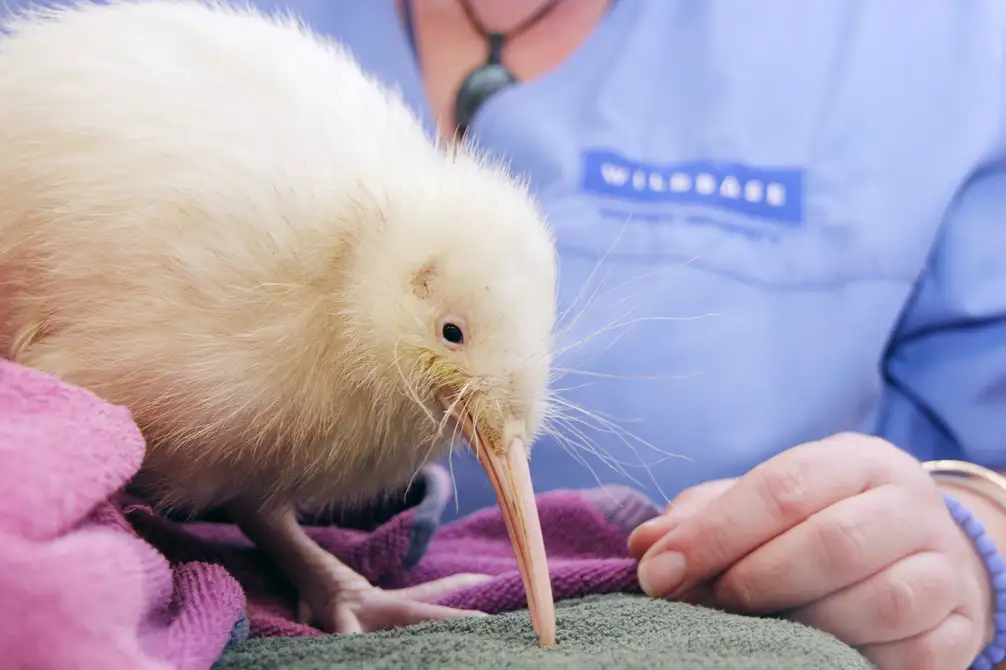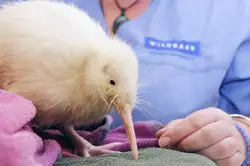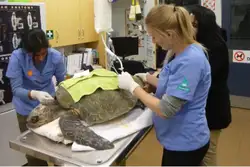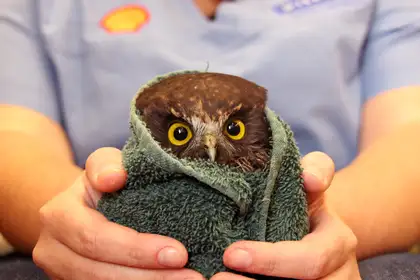
Since being established in 2002, Wildbase’s ongoing mission has been to provide vital treatment and support to sick and injured native wildlife, administering medical and surgical care to enable the animals’ full recovery and safe return to the wild.
These efforts have seen the team care for wildlife spanning various categories of national conservation concern, exemplifying Wildbase’s steadfast commitment to preserving New Zealand’s unique biodiversity. As Aotearoa faces one of the highest proportions of native species facing extinction, their work continues to be of utmost importance.
After more than two decades since their doors opened, Wildbase’s patient summary includes 6471 birds, 281 reptiles and 23 bats. Of these, 571 patients were from endangered species and 1670 were from threatened species, with a total of 138 different wildlife species having come through their doors so far. Each of the 110 bird species, 25 reptile species, two bat species and one amphibian species required unique nutrition, physiology and habitat needs which the Wildbase team ensured were met.
Professor Brett Gartrell says it’s been a privilege to play a role in improving the lives of so many native wildlife.
“This milestone is a testament to the remarkable work that has only been made possible through significant collaborations and strong partnerships with like-minded organisations, as well as the unwavering dedication of our hospital team. Wildbase is a charitable organisation that relies on donations to help fund our work, so we couldn’t do any of this without the support of the public. Together, we have made a profound impact on the conservation of our unique fauna.”
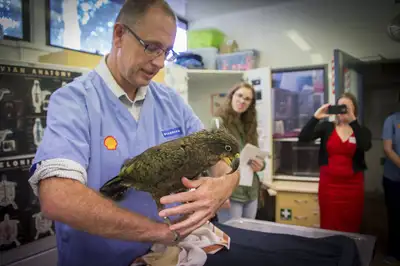
Professor Brett Gartrell with a kea during the opening of the new Wildbase hospital building in 2017.
Their avian patients have included a number of nationally critical birds, which are the species facing the highest risk of extinction, including the tūturuatu (shore plover), kākāpō, matuku-hūrepo (Australasian bittern), Salvin’s and Antipodean albatross, kakariki karaka (orange-fronted parakeet) and kōtuku (white heron). The team have also cared for a range of nationally endangered birds, including hoiho yellow-eyed penguins, rowi (Okarito brown kiwi), kea and masked booby, with common nationally vulnerable patients including takahē and whio (blue duck).
Of all the bird species, the most frequent flyer award goes to the kereru or the New Zealand wood pigeon, of which 1099 received care at the hospital, followed by kāhu (swamp harrier) at 870 patients then pararā (broad-billed prions) at 607 patients, kiwi-nui (North Island brown kiwi) at 525, tūi (523), ruru morepork (352) and kōtare (kingfishers) rounding it out at 344 patients.
While less common than their avian counterparts, reptiles also make up the patient numbers, with some of the nationally endangered reptiles treated including Otago skinks, rough geckos, grand skinks and internationally endangered green sea turtles. Among the nationally vulnerable reptiles, the patients have included starred geckos, Lewis Pass geckos, scree skinks and the internationally vulnerable olive ridley sea turtles. The most common of all the reptiles treated at Wildbase is the tuatara, with 133 having checked in for treatment so far.
Though more of a rarity, the Wildbase team have also cared for both remaining pekapeka bat species, the nationally critical long-tail bats and the nationally vulnerable short tail bats.
The team have a history of providing lifesaving, and in some cases ground-breaking, procedures to provide the best chance of survival for our threatened species. Most notably was in 2019, when Wildbase successfully completed a world-first brain surgery on a young kākāpō chick after it was found to have development issues affecting its skull. The pioneering surgery saw the adaptation of surgical techniques from humans and other mammals in order to provide the kākāpō chick, one of only 144 left in the world, a chance at a healthy life.
Other highlights of Wildbase’s extensive efforts and dedication to our wildlife include providing optometrist support for a ruru with a head injury, the removal of an entire plastic spoon plus the remnants of a balloon and various other plastics from the stomach of a pāngurunguru (giant petrel) and helping a kiwi chick be successfully removed from its shell after hatching complications.
Wildbase’s support of New Zealand conversation extends beyond hospital care, with a focus on providing scientific and research services, as well as lending their expertise to conservation programmes, including the Shore Plover Recovery Programme, Operation Nest Egg and the Kākāpō Recovery Programme.
The hospital, led by academic avian veterinarians Professor Gartrell and Dr Megan Jolly, serves as a highly-regarded teaching and research facility. It provides hands-on experience in wildlife medicine and husbandry to assist in the clinical training of Massey vet students, international students, postgraduate veterinarians and other vet professionals from around the motu.
Professor Gartrell says reflecting back on the hospital’s successes over the past two decades confirms that Wildbase has remained steadfast to its mission and will continue to do so in the coming years.
“As we celebrate 21 years of Wildbase, it’s incredible to look back and see how much we have been able to achieve. Our efforts and our commitment have only strengthened, and we will continue this vital work of providing critical care, ongoing research and education initiatives to help safeguard our nation’s living taonga for generations to come.”
To support the work of Wildbase Hospital, please consider donating to the Wildbase Research Fund via the Massey University Foundation. Find out more here.
Related news
Recipient of the inaugural Manukura Memorial Veterinary Scholarship announced
Fourth year Bachelor of Veterinary Science student Sabine O’Neill-Stevens has been named the first recipient of a joint scholarship established to commemorate the life and legacy of Manukura, the rare white kiwi.

Wildbase: A pillar in Aotearoa New Zealand’s conservation efforts
For World Wildlife Conservation Day, we wanted to highlight the important work our Wildbase Hospital does in providing veterinary and scientific services to a number of conservation programmes around Aotearoa New Zealand.
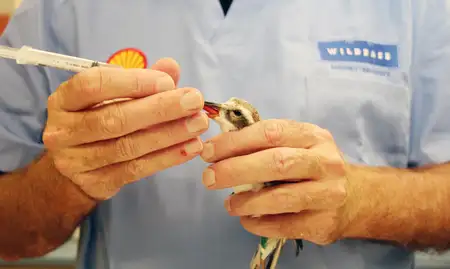
New building houses unique wildlife hospital
Massey University's Wildbase Hospital has moved into new premises 10 times larger than the previous space at the University's Manawatū campus.


